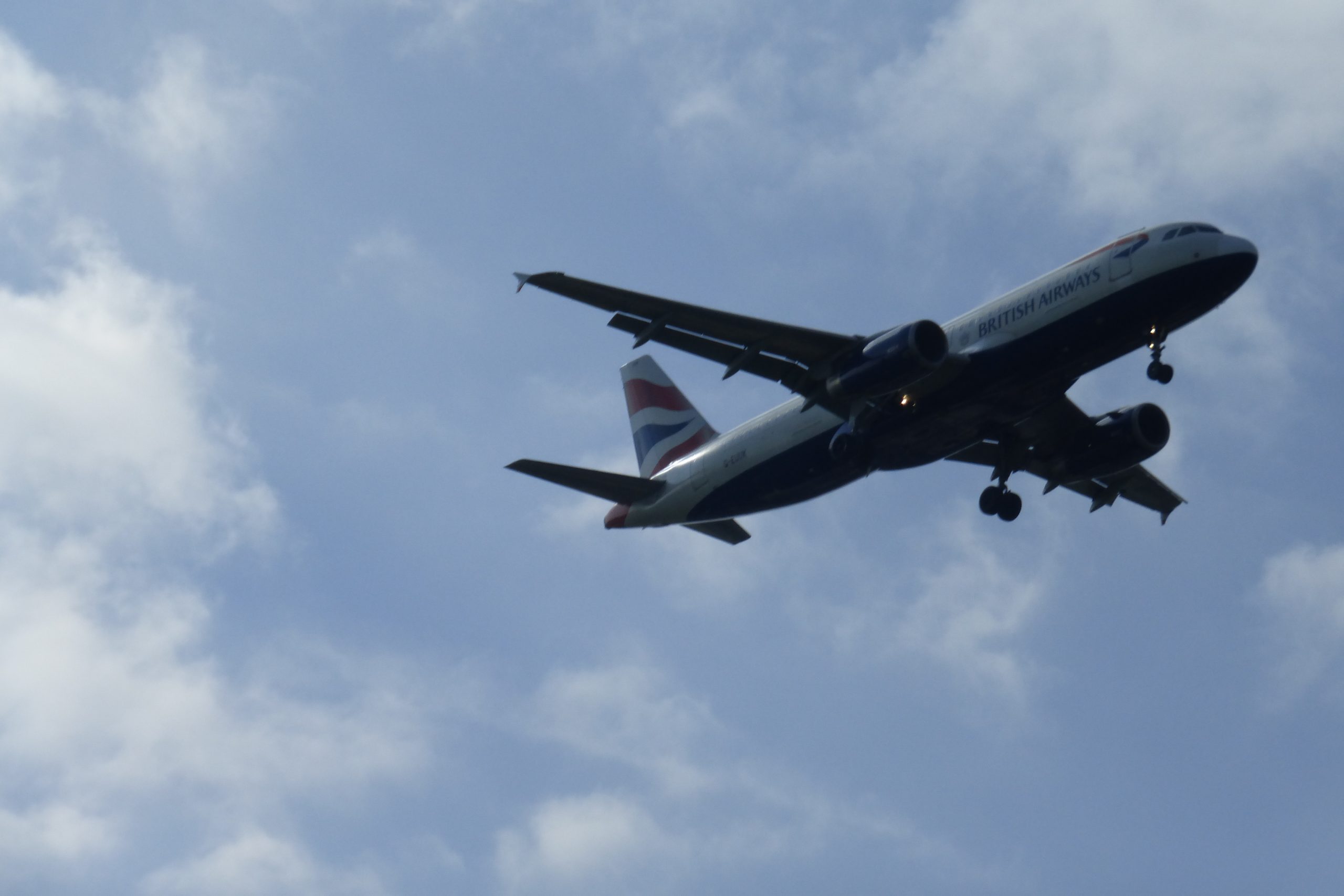Will This Hydrogen Breakthrough Change the Aviation Industry?

As government plans are unveiled for a zero-emission aeroplane, Quadrant Transport looks at how this will transform the future of air travel.
Passengers could one day fly to the other side of the world with zero carbon emissions and just one refuelling stop, thanks to government-funded technology being unveiled today.
It comes as eight companies secure the go-ahead for their sustainable aviation fuel developments from the government’s separate £15 million Green Fuel, Green Skies competition.
The concept aircraft was today (6 December 2021) unveiled by the Aerospace Technology Institute (ATI) ahead of the fourth meeting of the Jet Zero Council, which is chaired by the Transport Secretary.
FlyZero, a project led by the ATI and funded by the government, has developed a concept for a midsize aircraft powered by liquid hydrogen.
With a capacity to hold 279 passengers, it has the power to fly halfway around the world without a stop or anywhere in the world with just one stop to refuel.
Aviation is currently responsible for 12% of CO2 emissions within the transport sector
This means that a zero-carbon, non-stop flight could be operated between London and San Francisco, or that passengers could fly around the world from London to Auckland, New Zealand with just one stop, at the same speed and comfort as today’s aircraft.
Transport Secretary Grant Shapps told Quadrant Transport: “As we build back greener, we must place sustainability at the heart of the aviation industry’s recovery from COVID-19.
This pioneering design for a liquid hydrogen-powered aircraft, led by a British organisation, brings us one step closer to a future where people can continue to travel and connect but without the carbon footprint.
“I will continue to work closely with the Jet Zero Council to support the UK’s world-leading research in this sector, which will create green jobs, help us meet our ambitious net-zero targets and lead the global transition to net-zero aviation.”
The project showcases the huge potential of liquid hydrogen-powered aircraft as the UK drives for a cleaner and greener air travel future and builds on progress already achieved by the Jet Zero Council, a partnership between industry and government to deliver zero-emission transatlantic flight within a generation.
In 2019 flights produced 915 million tonnes of CO2 worldwide
FlyZero Project Director Chris Gear told Quadrant Transport: “At a time of global focus on tackling climate change, our midsize concept sets out a truly revolutionary vision for the future of global air travel keeping families, businesses and nations connected without the carbon footprint.
This new dawn for aviation brings with it real opportunities for the UK aerospace sector to secure market share, highly skilled jobs and inward investment while helping to meet the UK’s commitments to fight climate change.”
Another technology with the potential to decarbonise flying is sustainable aviation fuel, a low-carbon fuel made from waste materials.
Earlier this year, the UK government set out its ambition to become a world leader in the production of sustainable aviation fuel, launching the £15 million Green Fuel, Green Skies competition to support the early development of trailblazing UK facilities working to turn everyday waste into jet fuel.
Today’s announcement comes shortly after the COP26 climate conference in Glasgow, which saw ambitious new international pledges to decarbonise transport, including the agreement by 24 countries to work together to achieve a new aviation decarbonisation goal.

